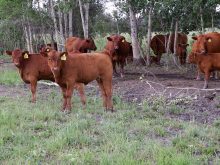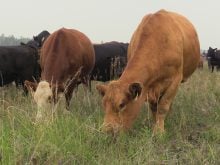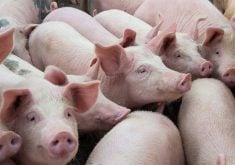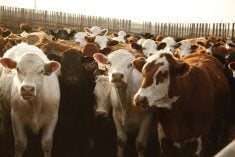CALGARY – Farmers can look forward to another El Nino summer, the fourth since 1991.
“We’re in continuous El Nino,” said climatologist Art Douglas. “Everything is out of whack. We have an unstable climate pattern right now which skews forecasts.”
Douglas works out of Creighton University in Nebraska where he tracks weather conditions and provides long-range forecasts for the agriculture industry in North America. He delivered his annual weather forecast to the Alberta Cattle Feeders Association meeting Jan. 14.
El Ninos, which bring hot, dry summers, usually occur about every four years.
Read Also
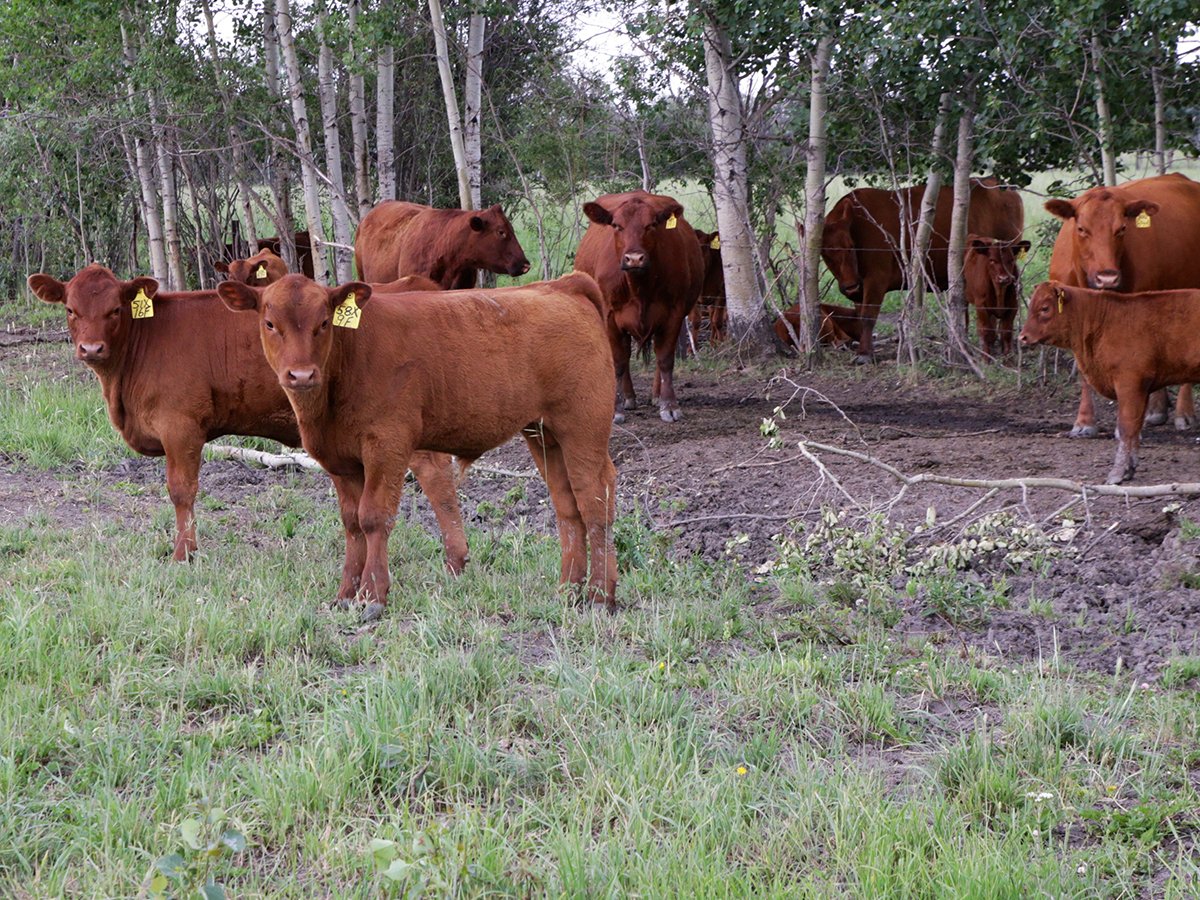
Feeder market continues the climb
For the week ending Aug. 30, Western Canadian feeder cattle markets traded $4-8 per hundredweight higher on average.
This weather system, which is creating another El Nino, originates with warm water off the Gulf of Mexico.
It’s different because the water in the Gulf of Alaska is extremely cold. This cold water splits jet streams and pushes weather systems into unpredictable areas.
He said weather typical for B.C. and Alberta is being pushed into Ontario and cold weather usually experienced in the New England states has moved into the Atlantic Ocean.
Unstable climatic patterns throughout the world have made his job more difficult, but Douglas anticipates these oddball weather conditions will be good for farmers and ranchers going into the spring grazing and seeding season.
“This is a very ideal forecast,” he said.
A cool, moist spring is expected to be followed by a warm, normal summer for the southern regions of B.C., Alberta, Saskatchewan, Manitoba and Ontario.



